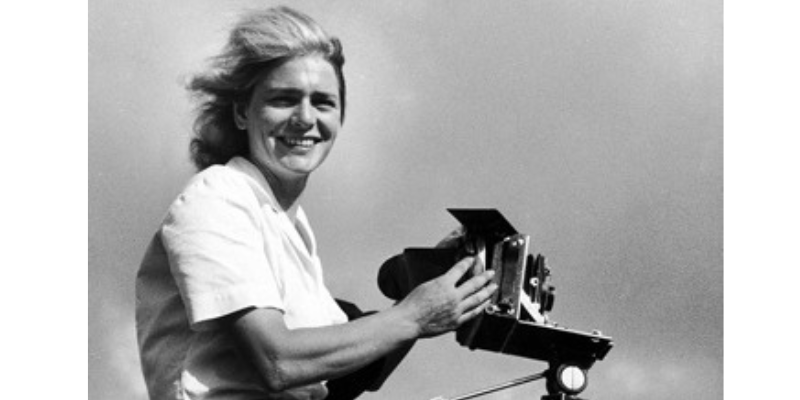Vaishnavi Srivastava
June 14, 2023. ON THIS DAY.
“The camera is a remarkable instrument. Saturate yourself with your subject, and the camera will all but take you by the hand and point the way.”
– Margaret Bourke-White
The leading photojournalist who is responsible for depiction of several important and pivotal moments of history from the Partition of India and Pakistan to the devastating impacts of World War II – Margaret Bourke White was born on this day, June 14th, 1904 in New York City. Known by her coworkers in Life magazine as “Maggie the Indestructible”, White was a woman of several firsts. She was the first foreign photographer who was permitted to capture the Soviets’ five-year plan, the first woman to be a war correspondent, and the first woman photographer of Life Magazine.
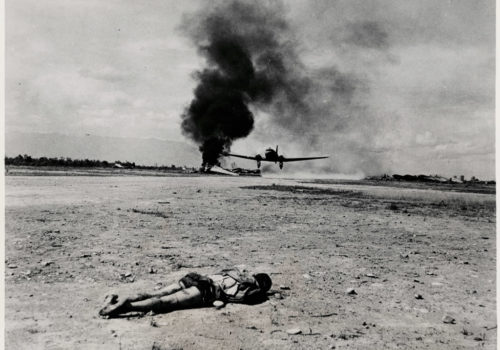
Courtesy: The Eye Of Photography
Growing up in New Jersey, White gained interest in photography as a child. However, she only took up photography in college as a course and a hobby before starting her professional career in the same, as a photojournalist. “I would like to be a news photographer-reporter and a good one.”, the science student once told one of her professors very profoundly.
After working as a freelance photographer, White opened up a professional studio for Industrial and architectural photography. This is where she changed her styles to match her images, i.e. from soft focus to sharp focus. It was when she was at Fortune magazine when White documented events such as the Great Depression and the Soviet Union industry. During her career at Life, she was sent to Europe to capture World War II, wherein she was the only foreign photographer when the first German bombs were dropped in Moscow.
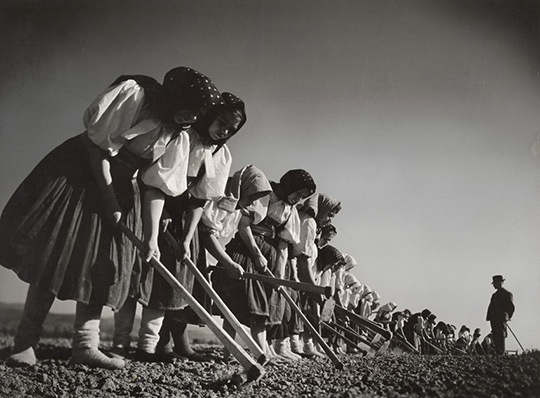
Courtesy: Syracuse University News
Later on, It was in 1946 when she traveled to India. In India, White was known for her photographs of B.R. Ambedkar, M.K. Gandhi, and the partition of India and Pakistan. Sixty-Six of Margaret Bourke White’s photographs were also included in Kushwant Singh’s “Train to Pakistan”. A pioneer of social activism, White later traveled to South Africa to study more on Apartheid from wherein she traveled to Korea to document the Korean War.
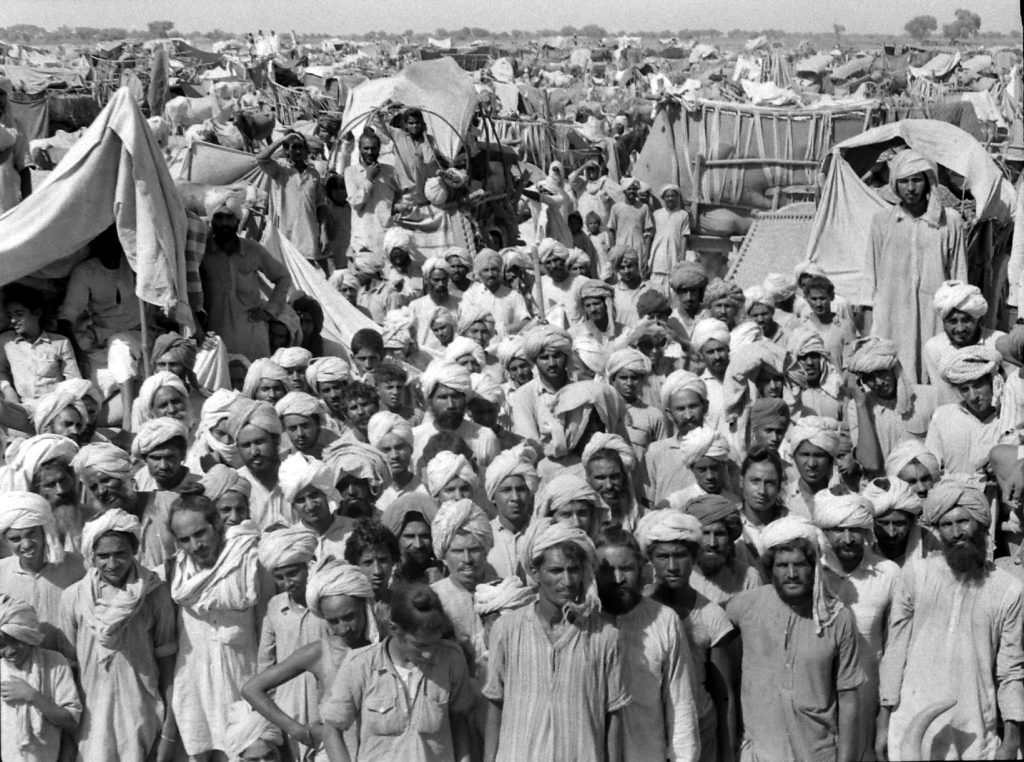
Courtesy: Life
It is the irony of life wherein Margaret Bourke White, a pioneer photojournalist, a field wherein a steady lens and body are the most crucial aspects of the job, dies at the age of 67 of Parkinson’s disease. White had a notable career with huge landmarks that are regarded and respected to this day in the field of photography and photojournalism. An unstoppable individual who was responsible for documenting several life-changing political moments of history.
References
https://www.cwhf.org/inductees/margaret-bourkewhite
https://www.theatlantic.com/photo/2019/08/photography-of-margaret-bourke-white/596980/
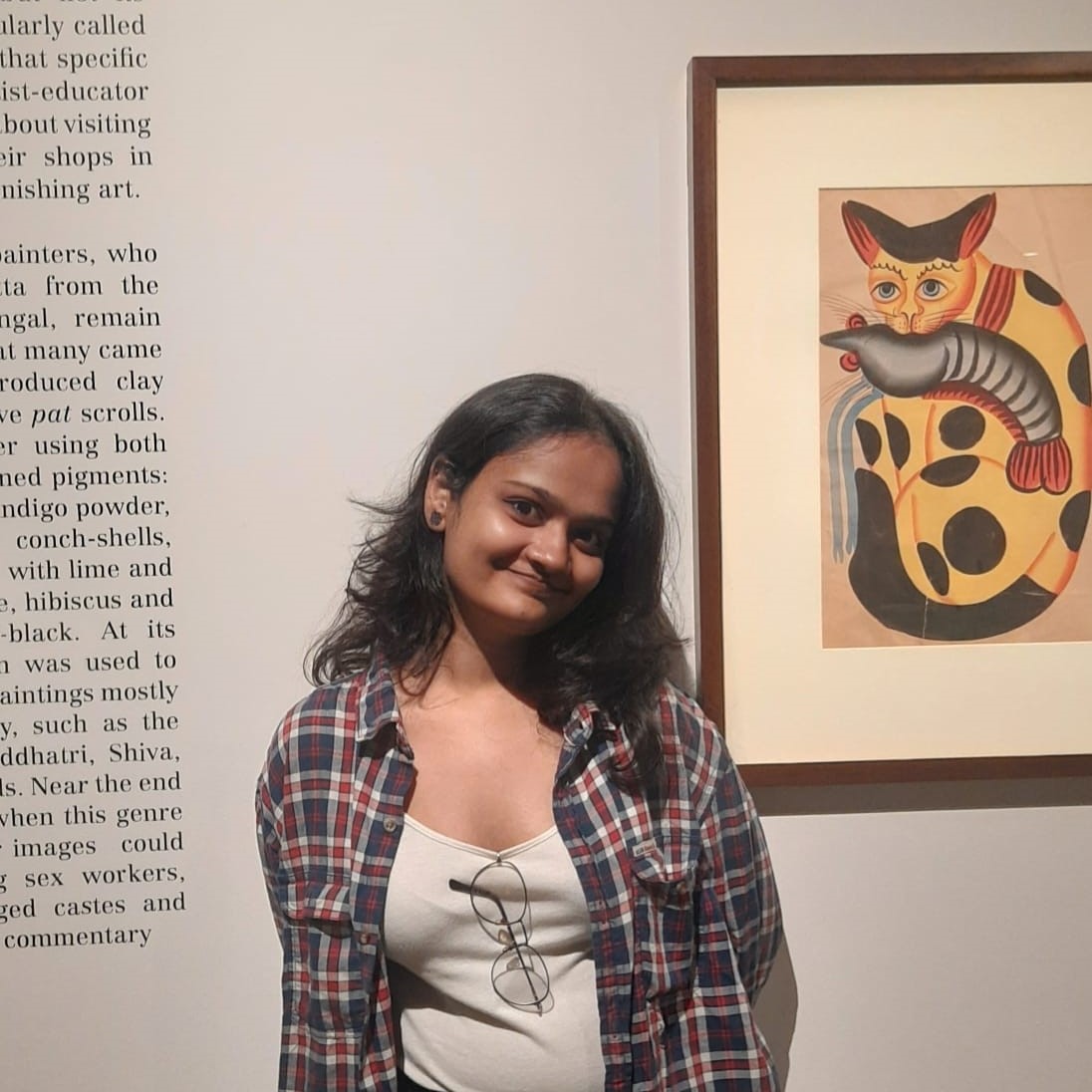
Vaishnavi Srivastava is a learning writer, a keen researcher and a literature enthusiast. She is a Sub-editor at Abir Pothi.

